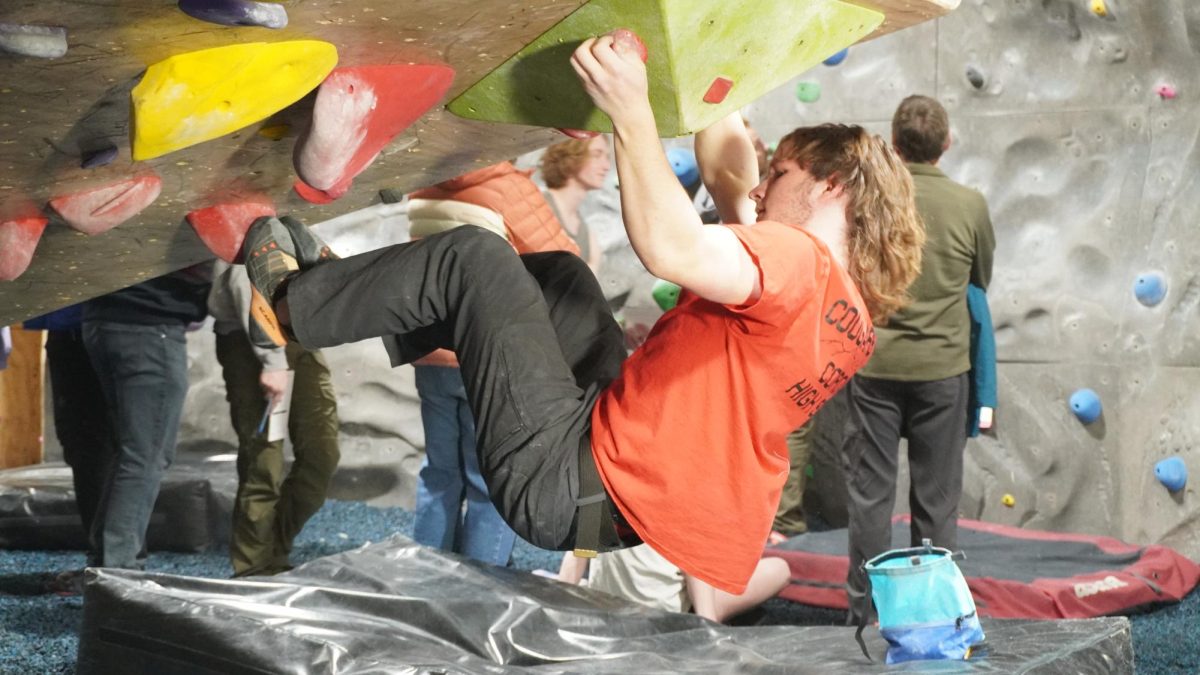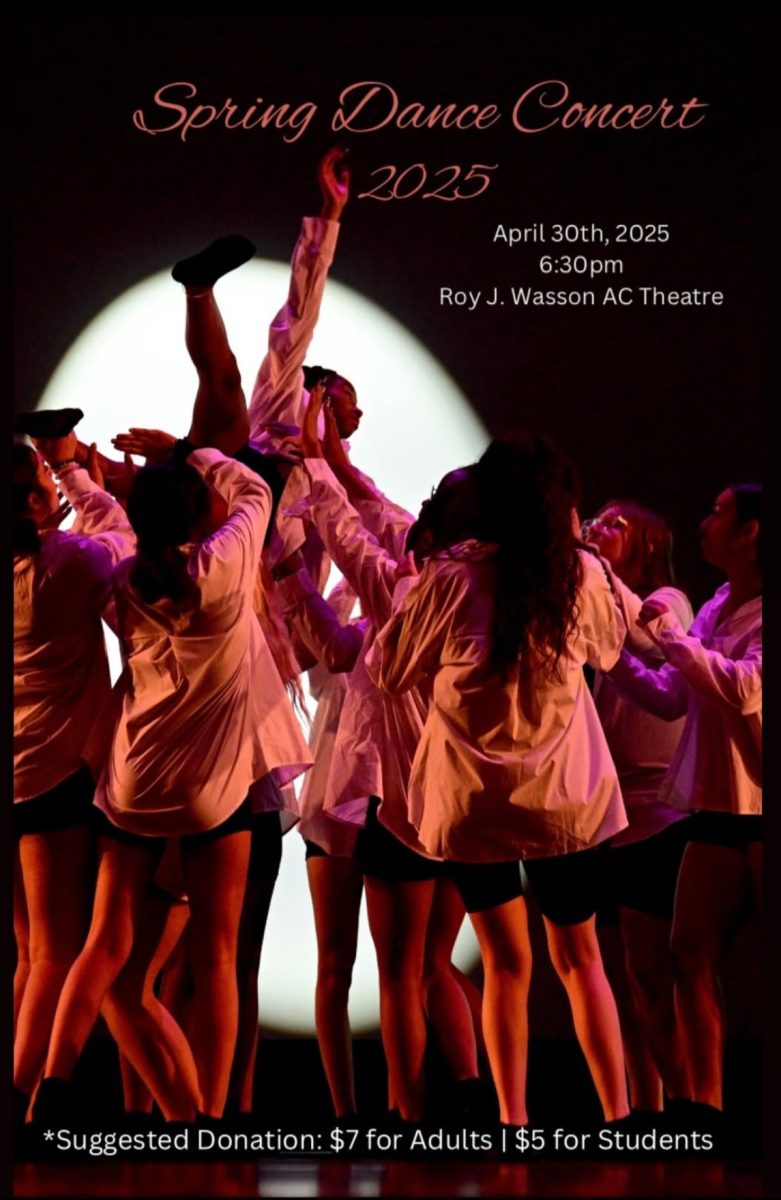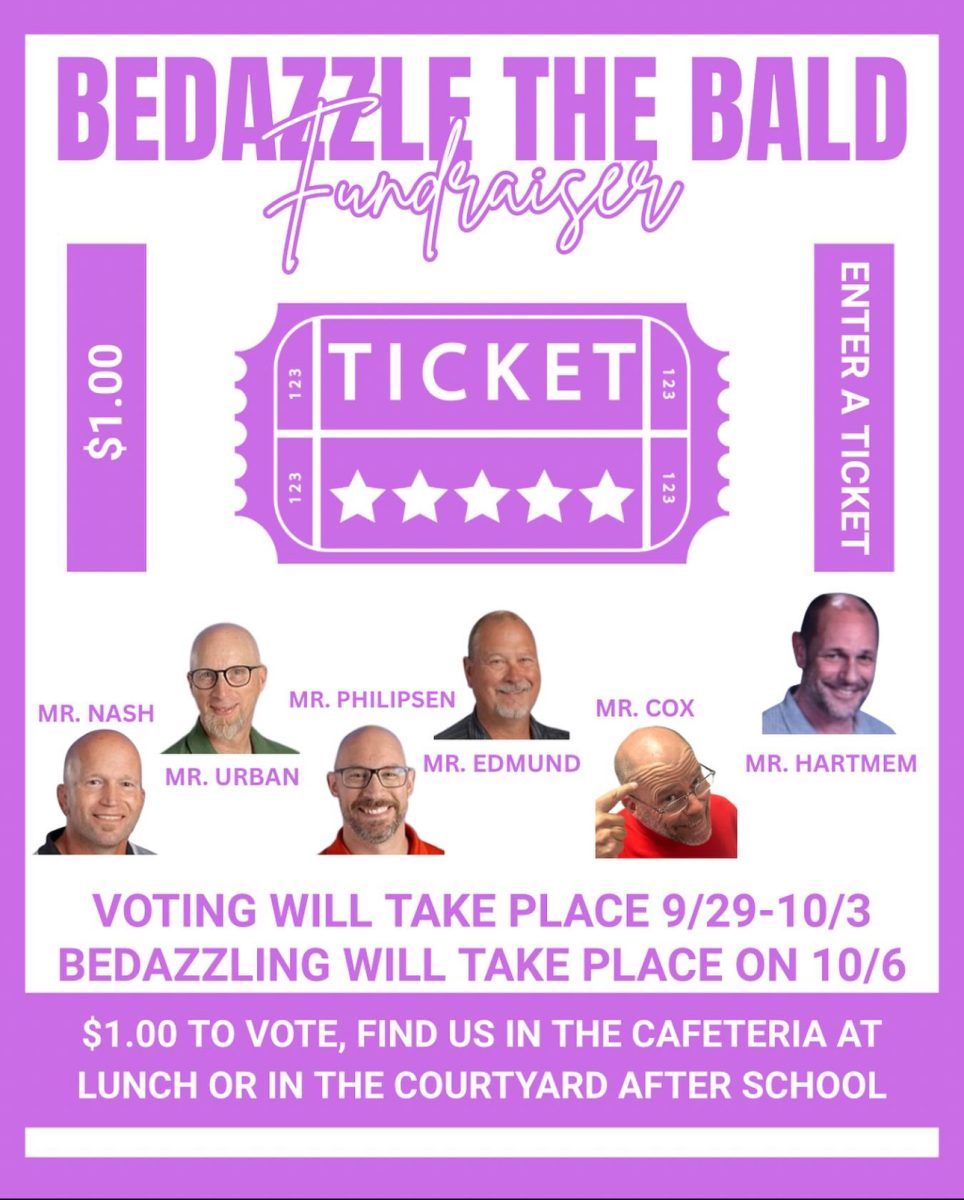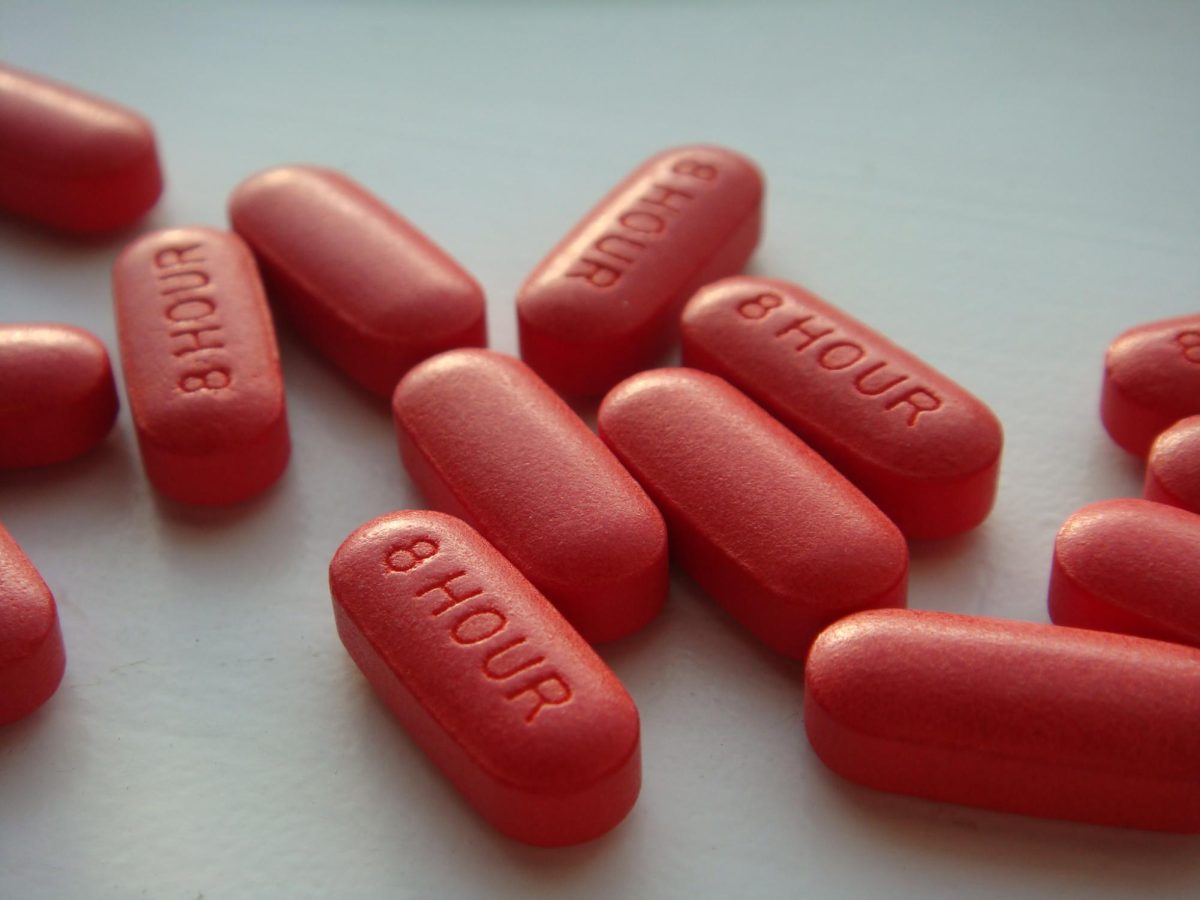September 6. On the East side of Colorado Springs, near James Irwin Charter School, a cyclist was struck and killed by an inattentive driver. This is nothing special. This situation has been seen over and over again in places all across the United States.
Simply put, many people dislike cyclists because they view them as an inconvenience: “I feel angered emotions,” said one sophomore after being asked how they feel while seeing a cyclist on the road. Cyclists are often seen as taking up valuable space on the road, and there is a common perception that cyclists do not exhibit proper road etiquette, like when a cyclist sits in the middle of a lane while going the speed of a bicycle.
The Centers for Disease Control (CDC) reported that one thousand cyclists yearly are killed in accidents, while 130,000 are injured. Across the country, people have developed an often hostile attitude toward road cyclists resulting in harassment and injury. Why are people acting like this? What can a cyclist do to protect themselves?
While it appears to be an unforgivable sin to some, riding in the center of the road is actually the legal procedure regarding lane sharing (without a dedicated bike lane): according to Colorado law, bicycles are recognized as vehicles and are provided all the rights and responsibilities of other vehicles on the road (however, it’s recommended that they stay in the rightmost lane). Riding on the sidewalk is also illegal in several places, Colorado Springs included. So while this doesn’t mean that cyclists can run stop signs or red lights, it does mean that activity that can annoy drivers isn’t always the fault of the cyclist.
Not every accident is the fault of the cyclist, but in general, the one on the bicycle loses when they fight the car itself. It falls upon cyclists to protect themselves on the road by utilizing proper equipment and safety strategies. The most simple yet readily available safety equipment is the helmet. The CDC says that helmets save 1,800 lives per year in accidents, as an impact on concrete is much less damaging to one’s head when the helmet is on to soften the blow.
Another critical aspect for cyclists is ensuring that they remain visible to others. Visibility simply makes it so you can’t be hit accidentally; the bright neon colors of a proper cycling shirt, the shine of suitable reflectors, and the lumination created from forward and backward-facing lights all alert drivers that otherwise won’t see the cyclist on the road.
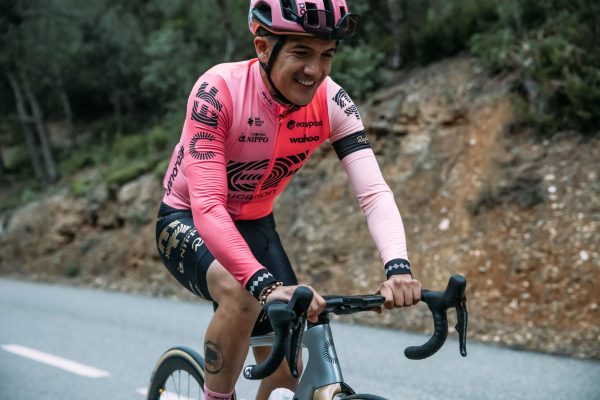
Cycling is more than just a mode of transportation; it provides an eco-friendly alternative to cars, a means of staying physically active without costly membership or joint strain, and a way to enjoy the outdoors; however, it also exposes cyclists to harassment, abuse, and the potential for accidents, often with the blame unfairly being placed on them. While changing societal attitudes toward cyclists may take time, educating people on the rights of cyclists and adopting safety measures can potentially save lives and ensure that more cyclists return safely to their families after their rides.







